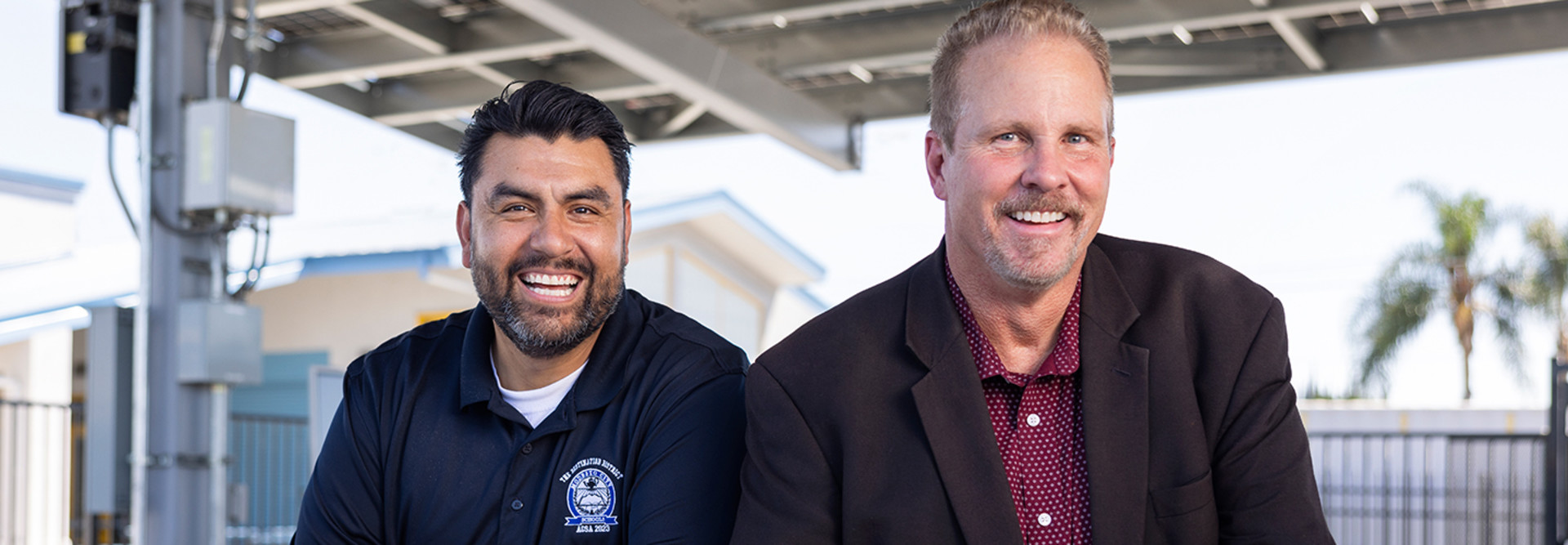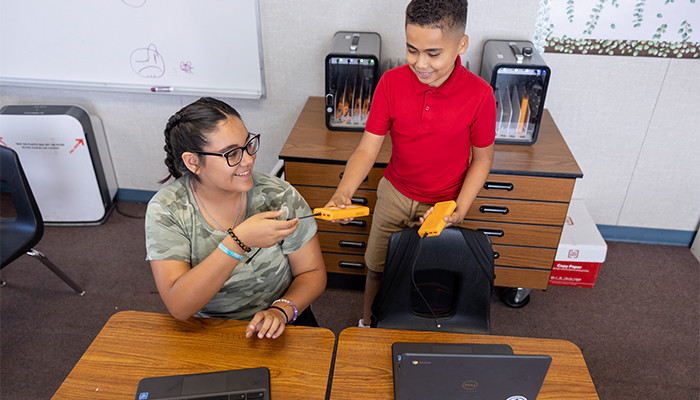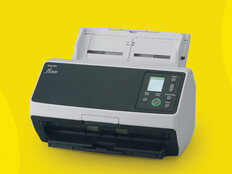A small 2023 survey of 171 teachers confirmed this idea. About 63 percent reported that students without working devices lost time during lessons.
As more teachers and IT staff collaborate to integrate technology into learning, student device readiness becomes even more essential.
So, schools hunted for a solution. Jason Bailey, director of innovation and design at the State Educational Technology Directors Association, notes that students coming to class unprepared is not a new problem.
“I’d encourage people to think about how they solved the problems they had before technology,” he says. “You had to deal with forgotten, lost or damaged textbooks, pencils and notebooks before. How would you deal with that? By sharing a book, lending supplies. It’s the same concept.”
RELATED: Here are 5 tips for optimizing K–12 storage and charging carts.
Charging Solutions Keep Students Ready to Learn
The Modesto City Schools IT team has worked to create modern solutions to the issue. Before the pandemic, Modesto used computer carts for grades K through 6, which were rolled from classroom to classroom as teachers needed them.
However, the district quickly discovered it needed to incorporate a wider set of solutions to ensure devices were ready for learning.
“Every site is a little different, but the concept is the same overall,” Selken says. “And that’s about ensuring that technology does not interfere with educational minutes, because they quickly add up.”
First, IT made sure that each school has at least one charging cart with fully charged Chromebooks so that students in need of devices can check them out for the day.
“We call them ‘hot and ready,’” Luna says.











